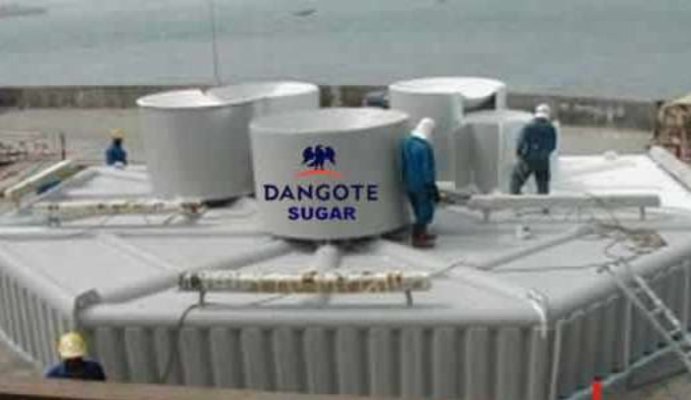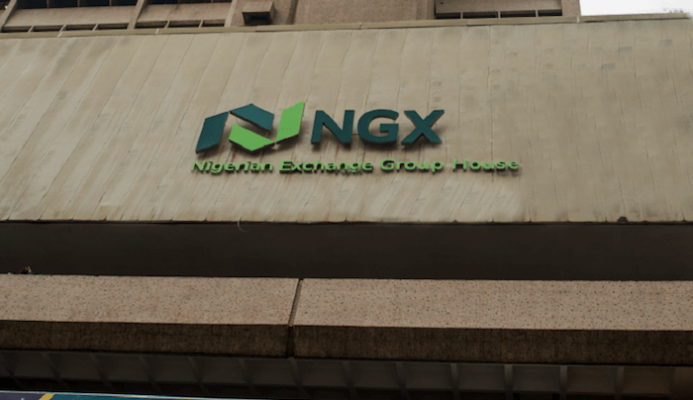For Africa, the reasons for optimism know no bounds. Although, Africa’s economy is small in comparison with its sheer size and the human population that is in excess of 1 billion, the continent still remains a land of hope at the very best. But, going by the current trend of growth, Africa’s economy nominal GDP, estimated at $2.2 trillion for 2017, with the purchasing power parity which stood at $ 6.757 trillion, was well below the United States’ GDP, estimated at $19.390.60 billion in 2017.
Recent growth across Africa, steadily on the increase had been attributed to sales in com- modities, services, and manufacturing. The growth, which has been present throughout the continent, were nonetheless uneven and unequal throughout the continent, with over one-third of Sub-Saharan African countries posting six per cent or higher growth rates, and another 40 per cent growing between four per cent to six per cent per year. In Sub-Saharan Africa, the continued economic growth and steady recovery, with a forecast of 3.1per cent in 2018 are expected to continue with an average of 3.6 per cent in 2019 to 2020.
Overall, Africa’s story seems to be more alluring as several international business ob- servers have also named Africa as the future economic growth engine of the world. Considering the present, however, Africa seems still far from beginning to benefit from a plethora of prospects. Sustained deterioration in commodity terms of trade and the resultant renewed external imbalances, heightened uncertainty and macroeconomic volatility, especially in natural resource dependent economies in the developing world. This is one of Africa’s present challenges.
African Export-Import Bank, in a 2017 African Trade Report, opined that, “already widen- ing trade deficits in Africa were aggravated by declining trade finance in a global context of increasing aversion to risk and a stringent international compliance environment.” The report alluded to the “the large-scale withdrawal of international banks and financial institutions from developing countries, including those in Africa, and massive capital outflows….”
The report acknowledged that, “in Africa, where financing gaps have been consistently singled out as major constraints to investment and economic growth, the implications were significant and evident in observed declines in Foreign Direct Investment (FDI) flows and increased recourse to domestic resource mobilization.” The report figured out that “one key constraint facing African countries is the limited access to competitive and sustainable financing to establish new factories and draw on innovation to expand the capacity of exist- ing ones.”
The continent has been struggling with infrastructure deficits, particularly electricity and transport networks, which affect both output and expansion of productivity. Africa thus needs a robust industrial strategy that is all-encompassing and functional. Limited manufacturing industries have deprived African countries the opportunities to diversify, thus producing the same goods, and resulting in loss of opportunities for product differentiation and hindering the continent’s ability to integrate into the global economy where trade is increasingly dominated by manufactured goods.
While intra-Africa trade still hovers around about 15 per cent of total African trade, manufactured goods account for over 65 per cent of total imports. The report argues for expanding intra-African trade to achieve economies of scale and for pursuing structural transformation to increase productivity and diversify the sources of Africa’s growth and exports. It predicted that “weak investment in the face of low commodity prices and productivity growth will continue to weigh on the medium term outlook.”
Africa urgently needs diversification and value addition and has to facilitate technology transfer to raise productivity. A winning strategy is one where countries look at what they can do well, based on what they have, and then create the conditions to scale up what they can do well. This should entail an understanding of how the country’s tradable goods industries can become globally competitive. Each therefore needs to work towards plugging in to the Global Value Chain (GVC).
The continent’s share of global trade stands at about three per cent. Currently, Africa’s share of intra-region trade in total merchandise trade, estimated at 15 per cent, remains weak in comparison with the 67.3 per cent for Europe, 58 per cent for Asia, 48 per cent for North America and 20 per cent for Latin America. Individually, African countries need to embark on reforms to attract foreign direct investment. They also need to reverse the terms of trade in Africa’s favour while the balance of trade must be turned around from deficit to surplus and shit the continent’s economy from resource-based to higher valued added production.
To achieve these, therefore, some key constraints to competitiveness have to addressed, such as poor road transport logistics, labour productivity per worker in the light manufacturing sector (which is higher in Asia than in Africa), poor skills (both managerial and technical) and high input costs. The Africa Competitiveness Report 2017 offers some insight: all is not gloom about Africa. “The strong economic performance of a number of African countries demonstrates Africa’s resilience and brings optimism about Africa’s future growth prospects.”
Africa Competitiveness Report 2017 stated further that most economies in the region still need to promote more productive activities that generate quality employment opportunities for their growing populations and contribute to improving the livelihoods of African people. It stressed that “improving competitiveness and productivity in Africa is needed to improve liv- ing standards.”
Recommendations from the special bien- nial report include developing a common regional infrastructure strategy by increasing air travel coordination, standardising railway systems and water supply systems, and creating autonomous funds that ensure infrastructure maintenance.
Others include facilitating the movement of goods, services, and people by introducing common business and single entry tourist visas, establishing an information sharing and revenue collection mechanism, and harmonizing standards.
It went further to add that of championing small and medium-sized enterprises (SMEs), investing in building their capacity to formalise, adopt accounting standards, and integrate in regional value chains, Improving access to financing and integrating financial markets by enabling the cross-listing of firms in different stock markets, developing non-banking finance (e.g., venture capital funds, private equity), and establishing credit reference bureaus to reduce information asymmetry.
It was also recommended to promote regional trade through regional and global value chains by identifying sectors with comparative advantages and regional complementarities and developing export support services, improving productivity and profitability in the agriculture sector by developing rural infrastructure, removing restrictions on the acquisition and transfer of land property and bank lending; promoting mechanisation through credit, subsidies, and tax relief to facilitate the acquisition of machinery.
For agriculture, it was emphasised that there should be increase in the development of high yield seeds through regional R&D and improved extension services to facilitate the adoption of new seeds and farming technologies and techniques. The recommendation called for development of support mechanisms for small farmers’ organisations, cooperatives, and associations to give them greater voice in the market.
National governments need to play a key role, as they may enact policies that either promote or reduce the capacities of their firms to enhance their competitiveness, attract investment, and insert themselves into Global value chain (GVC). Because of its relevance, GVC participation will become increasingly important to achieve structural transformation in the 21st century.
As African countries step forward in regional integration by forming the largest-ever free trade area, profound efforts and consistent commitment are needed to make it succeed.
The long journey to its full realisation will require adherence to those written and unwritten rules of economic cooperation. If all the over 50 countries are committed to these, there is no reason why Africa wouldn’t drop the age-long toga of poverty and become a truly global economic powerhouse.










